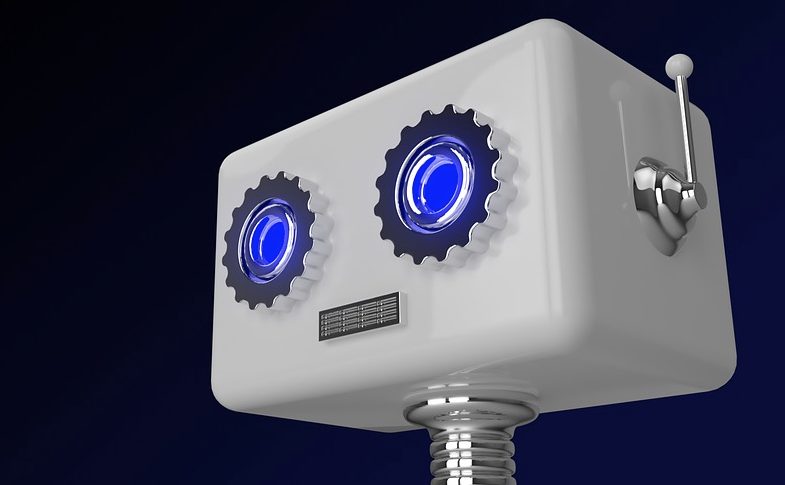At FORWARD III, the first-ever global event for the Robotic Process Automation (RPA) community, UiPath introduced the next generation of the world’s most widely adopted platform.
With new capabilities that support end-to-end automation processes and significant enhancements to AI capabilities, companies can scale their automation programs at unprecedented speed – all from a single platform. In this release, UiPath is now delivering automation as the core application for users across the enterprise, enabling everyone, regardless of their technical proficiency, to rapidly automate their work without the need for developer resources or coding.
“We have essentially removed all barriers to scaling in the ‘automation first’ era. Business leaders everywhere are augmenting their workforces with software robots – and fast – freeing employees to spend time on more impactful work,” said Param Kahlon, Chief Product Officer at UiPath. “With the addition of the UiPath Explorer, UiPath Apps and UiPath Insights families, we are making it easy for more business professionals across the enterprise to interact with robots, including citizen developers, business analysts and end-users throughout both the front and back-office.
We are humbled to lead this workforce revolution, driven by our passion to democratise RPA and deliver on the extraordinary benefits of a robot helping every person.”
UiPath expands product portfolio to address more complex and cognitive workflows, assists companies with planning, measuring and engaging with automations across the enterprise
Introducing the Expanded UiPath RPA Platform
Since 2016, the UiPath Platform has captured market share and earned category leadership with its three key components: UiPath Studio (designer), UiPath Orchestrator (control tower and security), and UiPath Robots (attended and unattended). Today, its expanding customer base is demanding an enterprise platform that allows them to:
- Accelerate the proven benefits of RPA enterprise-wide, transforming their entire company into digital businesses;
- Apply RPA and AI to more complex processes, providing performance insights and machine learning to improve their businesses and employee decision making;
- Simplify human-robot interaction, opening the platform to directly engage end-users as part of an end-to-end business process; and
- Continue making RPA an inspiration for human achievement, and an accelerant for higher job satisfaction.
At UiPath FORWARD III, UiPath unveiled new customer-driven innovations led by the following key announcements:
- Introducing UiPath Explorer product family to accelerate process understanding and automation pipelines. Building on the acquisitions of ProcessGold and StepShot, UiPath has introduced the UiPath Explorer product family. Designed to simplify process understanding enterprise-wide, the UiPath Explorer family makes it easy it to identify, document, analyse and prioritise processes, with a unique ability to understand both front-line and back-end operations, through scientific and visual analysis.
- Introducing UiPath StudioX for Citizen Developers. Built with customers over the past year, StudioX allows a broader range of subject-matter experts to rapidly automate their work without the need for developer resources or coding.
- Introducing UiPath Apps, an entirely new capability to enable continuous human-robot interaction across entire processes. With UiPath Apps, end-users can participate in real-time with robots executing unattended processes, empowering users to manage approvals and exceptions; a capability UiPath refers to as Human-in-the-Loop.
- Introducing UiPath Insights. This entirely new product provides powerful, embedded analytics that measure, report and align RPA operations with strategic business outcomes.
- Introducing UiPath Connect Enterprise to bring every employee into the process of uncovering automation opportunities. Building a pipeline of automations should not always come from analysing user activity or system logs, but from human judgement. With Connect Enterprise, every employee can introduce ideas for automations, creating a gamification – or crowdsourcing – capability ideal for Robotic Operations Centers of Excellence to collect opportunities, and manage a pipeline of robots to free employees from mundane tasks across every corner of an enterprise.
- AI Fabric, announced in April 2019, entered private preview in Q3. AI Fabric breaks down the barriers between RPA and data science teams and helps customers operationalise and consume their machine learning models directly in RPA workflows.
“Everything in this next generation platform is designed to support our RPA developers and offer a better, faster solution for our organisation,” said Juan Felipe Carvajal Restrepo, RPA Lead, Process Innovation at Protección S.A. “Not only does it provide seamless compatibility with new programming languages and offer a new Studio interface, but also boosts integrations and debugging features.”



